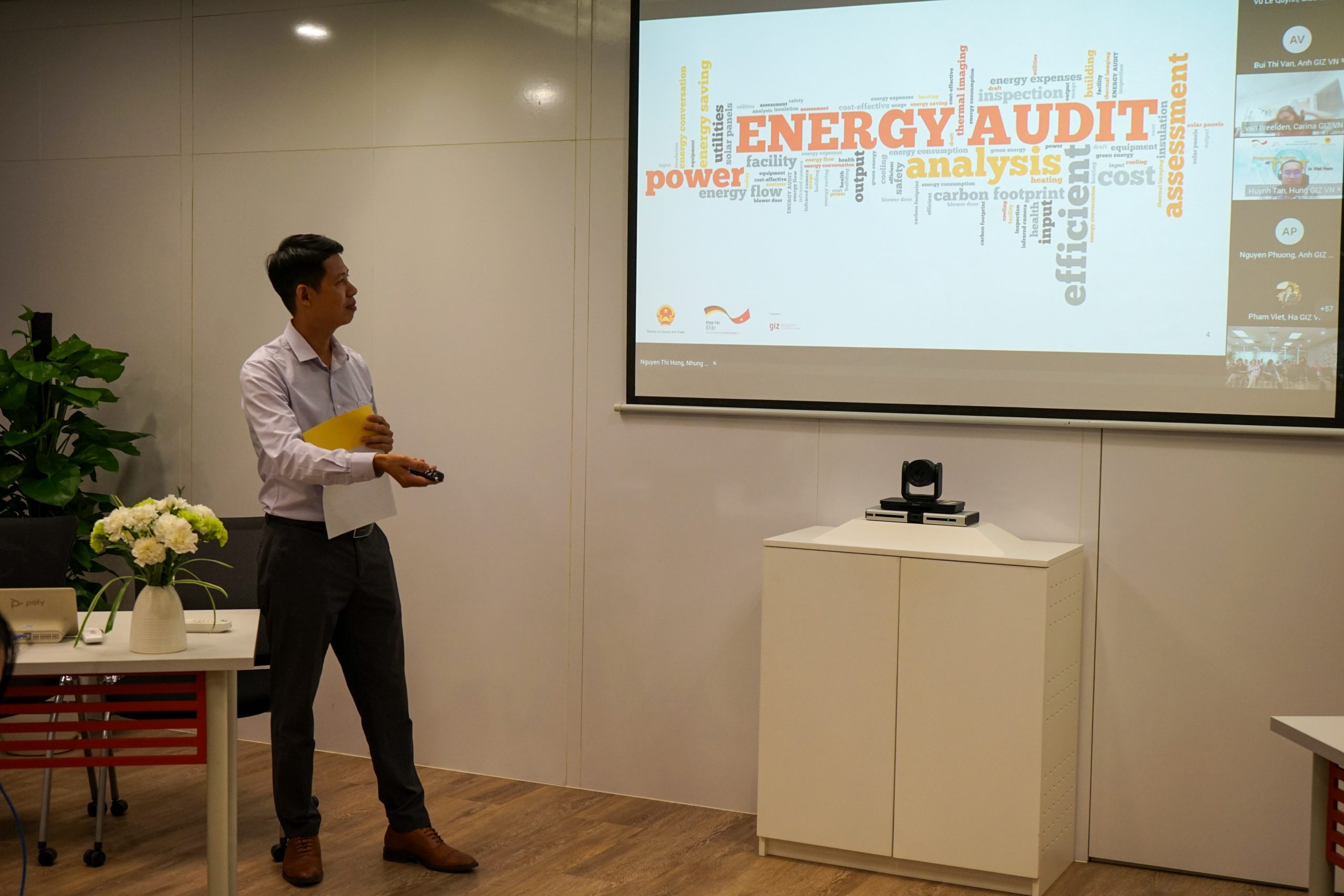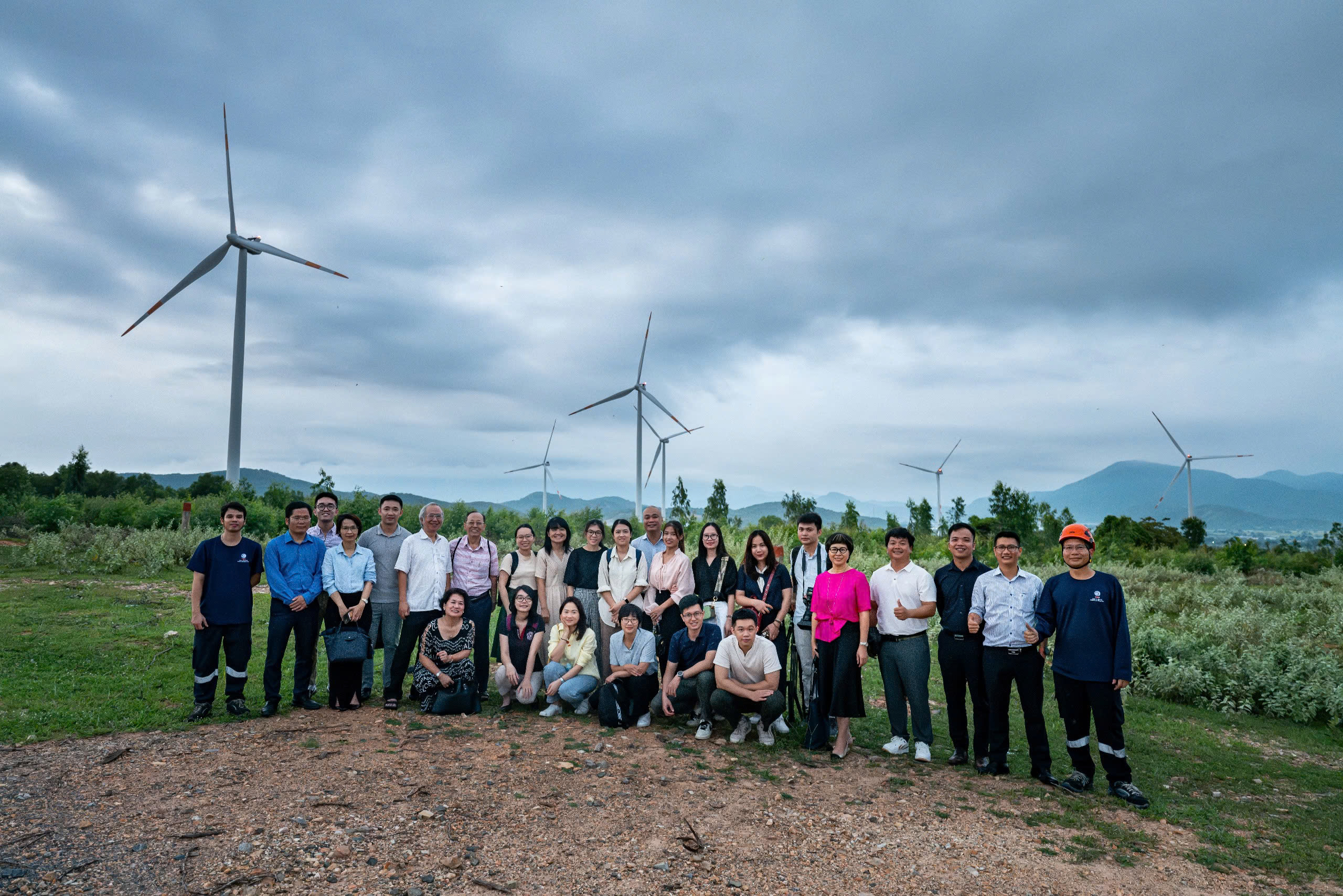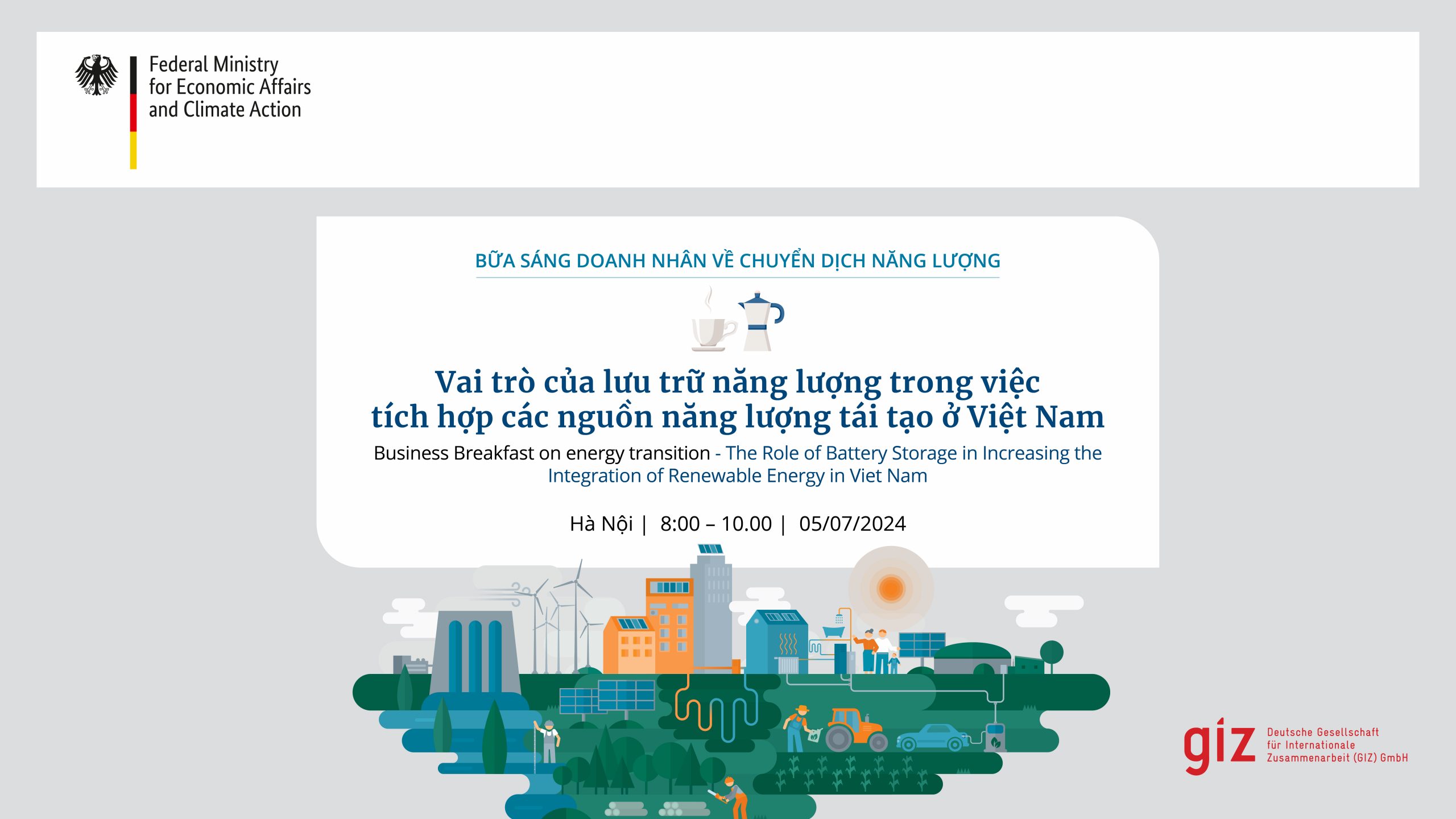Managing natural resources, protecting biodiversity AND producing affordable and sustainable energy? Does this sound too good to be true? Read more and find out how you can do just that!
Organic waste resources for energy production, also called biomass, consist of a vast range of materials. To get your hands-on valuable biomass, there are two ways: You can either use waste from forestry, agricultural crops, livestock residues as well as manure, and convert it into bioenergy. The other way would be plants cultivated solely for the purpose of turning them into bioenergy (so-called bioenergy crops such as switchgrass, miscanthus, alfalfa, etc.). But are there ‘good’ and ‘bad’ types of biomass, and if yes, how do we tell them apart?
Well, as so often, the answer here is “It depends.” More often than not, it is not economically and socially viable for a biomass power plant to clear forests, chop down trees or grow bioenergy crops solely for the purpose of converting them to biomass to make electricity. In these cases, using organic waste resources would be the only way to go. If, in some cases when the factory is too far away from the fuel supply region, using energy crops does prove be profitable, there are concerns that bioenergy production might increase conflicts about land because growing of energy plants would compete with food production and other ecosystems such as forests. Moreover, if natural landscapes are converted into energy-crop plantations or peat lands are drained for bioenergy, this would very much go against the principle of sustainability.
On the other hand, there are recorded cases where new perennial mixed species were introduced to restore ecosystem functioning and increase biodiversity of degraded or marginal areas. Examples for this practice can be found in many places around the globe, for instance in New Zealand where fast-growing woods were planted to reduce topsoil erosion and river clogging, in China where fast-growing woods were planted to reduce top-soil wind erosion or in Germany, where fast-growing C4 grasses were planted to clean soil from heavy metals.
What is for certain is that biomass power produced from forestry and agriculture residues or livestock wastes does not do harm to forests, farmland, or crop. Other cost-effective sources of biomass include or from residuals of paper mills, wood collected from the forest floor, tree trimmings, remainder wood (tops, stems & roots) from current, sustainable logging practices, and crops specifically planted for biomass purpose.
References:



















